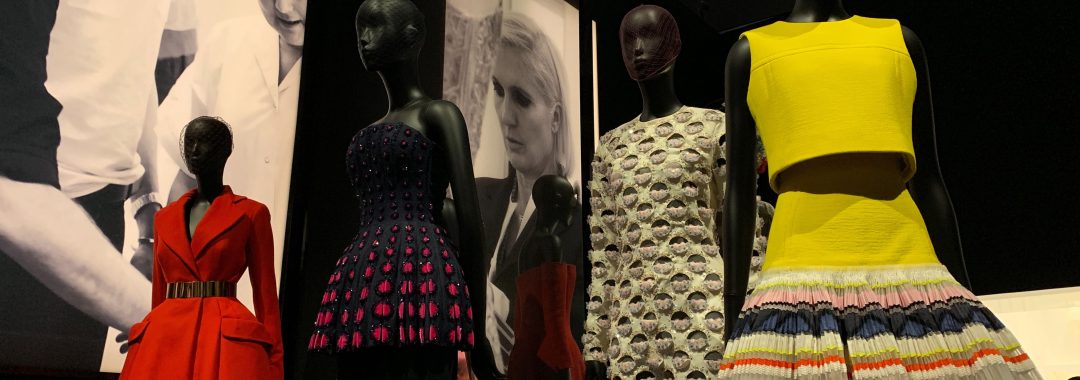Apparel software is a type of enterprise resource planning (ERP) software that is specifically designed for the apparel industry. It helps apparel companies manage their operations, from design and production to sales and marketing.
Apparel software can help apparel companies improve their efficiency and profitability by:
- Automating tasks
- Providing real-time data
- Improving communication
- Streamlining processes
- Reducing costs
There are many different apparel software solutions available, so it is important to choose one that meets the specific needs of your company. Some factors to consider when choosing apparel software include:
- The size of your company
- The types of products you sell
- Your budget
- Your specific needs
If you are considering implementing apparel software, there are a few things you can do to prepare:
- Define your needs
- Do your research
- Get buy-in from key stakeholders
- Create a plan for implementation
Apparel software can be a valuable tool for apparel companies of all sizes. By choosing the right solution and implementing it effectively, you can improve your efficiency and profitability.
Here are some of the benefits of using apparel software:
- Improved efficiency: Apparel software can help you automate tasks and processes, which can free up your time to focus on other aspects of your business.
- Increased profitability: Apparel software can help you track your inventory, manage your finances, and make better decisions about pricing and marketing.
- Improved customer service: Apparel software can help you track customer orders and preferences, which can help you provide better customer service.
- Increased visibility: Apparel software can give you a better view of your entire business, which can help you make better decisions.
If you are looking for a way to improve your apparel business, apparel software is a great option.








